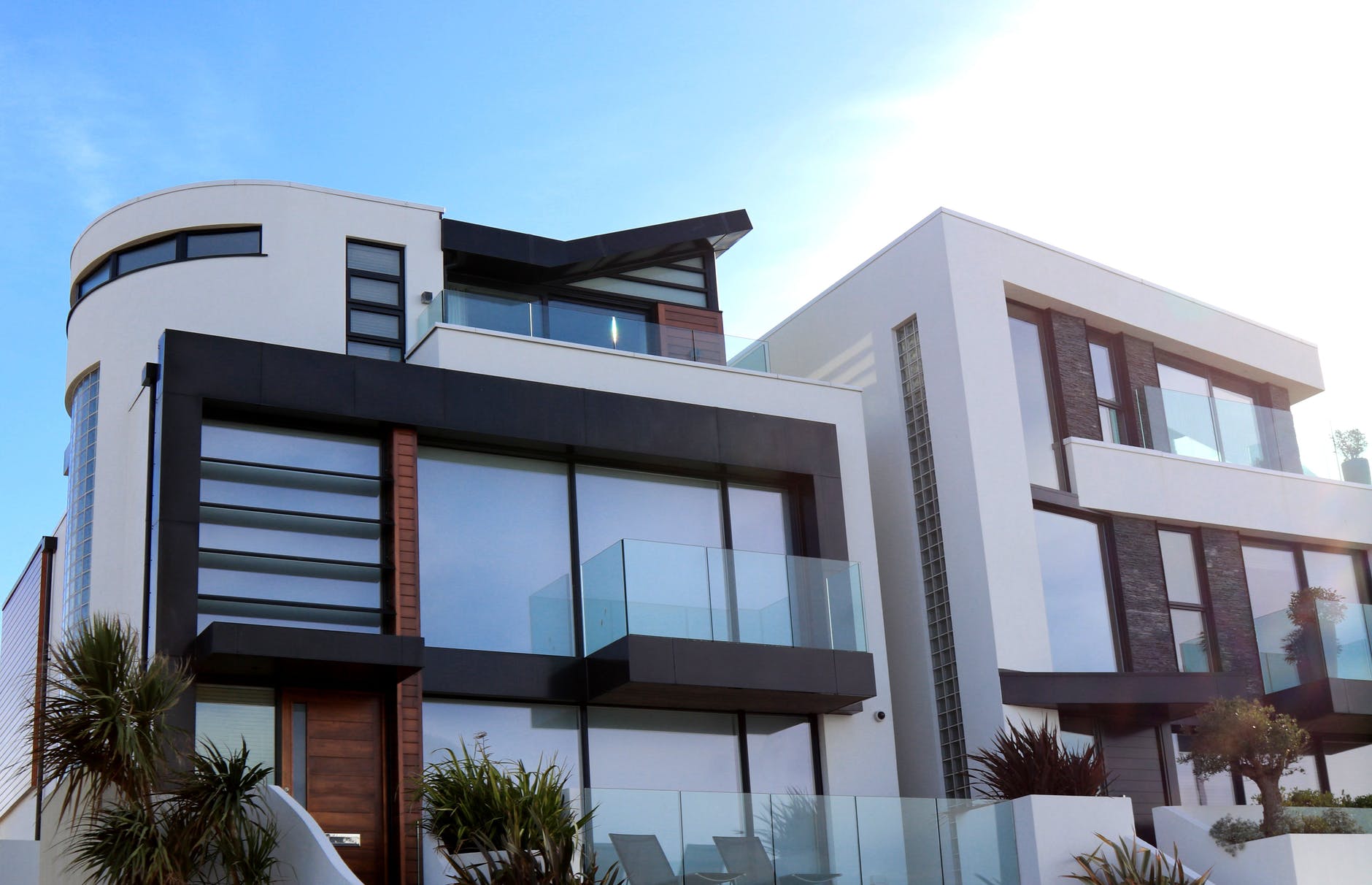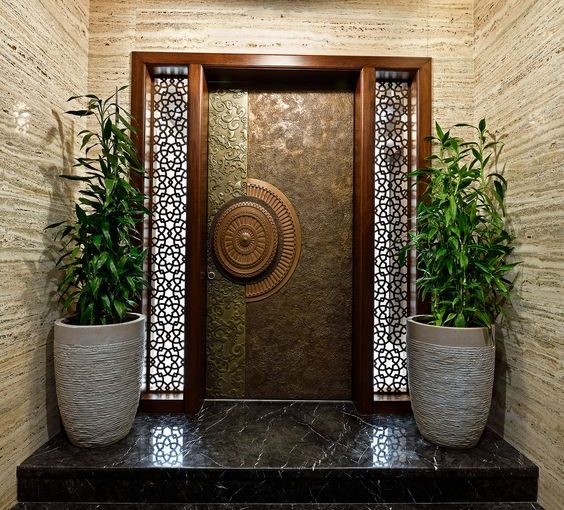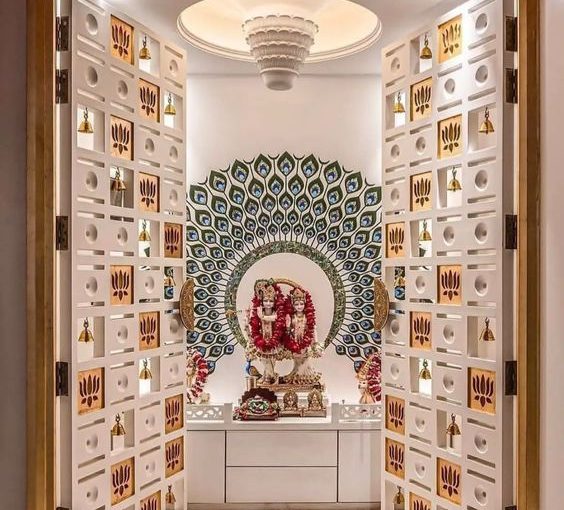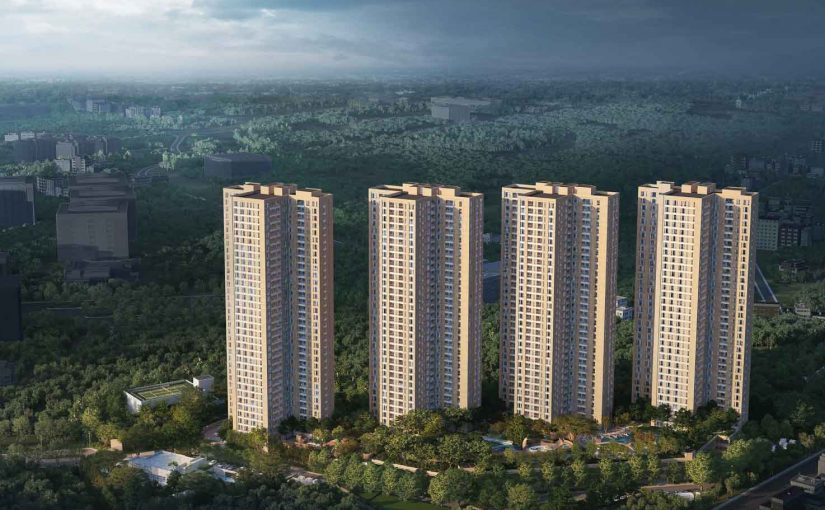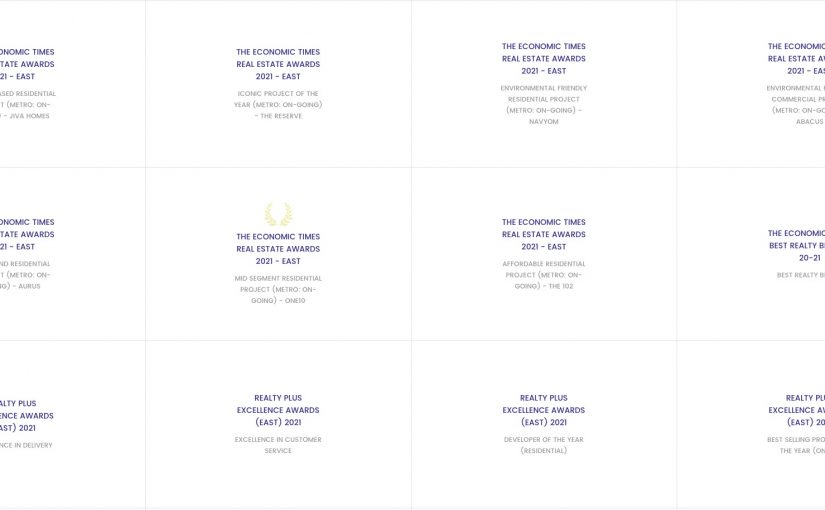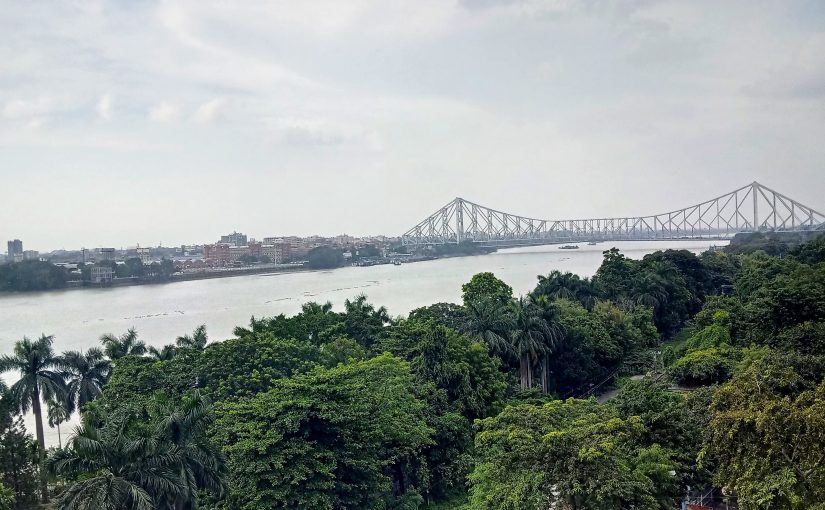By
|
Getting your Trinity Audio player ready...
|
Are you curious about where the trend of real estate in India is headed in 2021? You’re not alone. 2020 has been such a roller coaster year, that one is almost hesitant to make any predictions about 2021. But experts can study historical data and make pretty good estimates about where real estate in India is heading.
For most products and services, it is easy to tell whether the demand will increase or decrease. However, real estate in India is much more complicated. This is because different people buy real estate with different objectives. Some buy real estate in India for personal consumption while others buy it purely for investment purposes. So to study any trends, these different perspectives have to be kept in mind.
Real Estate in India – What to expect in 2021
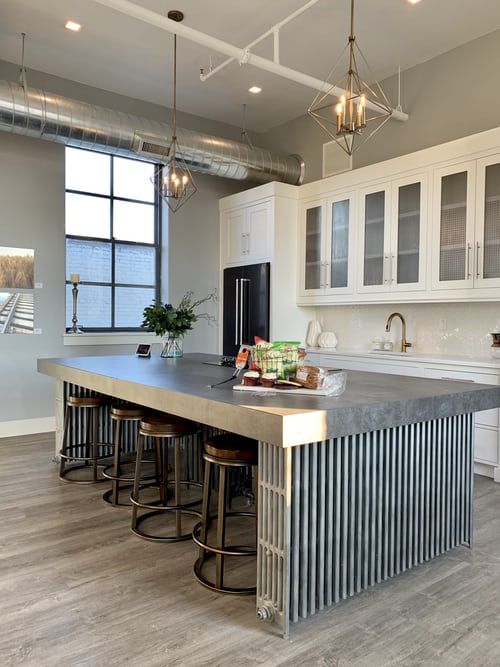
This is why accurately predicting the trend of real estate in India 2021 has been a challenge for experts. But, broadly speaking, the following trends can be expected in 2021.
Buying a Flat sees upsurge whereas rental depreciates
Over the last decade or so, the prevailing assumption has been that young working professionals prefer to rent homes rather than buy them. But the pandemic has changed that trend. Now, younger people are looking to buy real estate in India again. According to Financial Express, search activity for the residential sector has soared back sharply and in fact surpassed even the pre-COVID levels by 30-40 per cent in most markets, with the highest demand being recorded for properties in Kolkata at a rise of 68%.
The primary reason is that during the lockdown, most people’s jobs moved online and they had to set up work from home offices. Without the need to live in an area close to the workplace, now people were free to buy property further away which they could afford more easily. Many big companies, like the IT companies in Kolkata, have declared work from home through 2021. This means that the trend of setting up offices at home will continue for some time. Thus, many people feel this is a good time to invest in their own property.
There is an increasing trend to want to move away from the congested, polluted, and loud central city areas to homes far away from the chaos.Suburbs and newer developing areas in India are becoming more and more popular among younger families. For instance, in Kolkata, areas like EM Bypass and Newtown are growing rapidly with a number of top real estate companies like PS Group building premium projects there. People also wanted to buy homes in developments that offer them amenities within their premises like gyms, swimming pools, and sports courts. This will ensure that they have to step out of their houses less frequently and can access all these perks safely in their backyards.
Thus, in 2021, younger people will increasingly move towards buying property rather than renting.
Real Estate in India is expected to boom
Seeing these trends, one can safely predict what will happen in 2021-22. After the pandemic, most Western economies, including the NRIs settled there, will have collected a lot of liquidity. Since the treasury bonds there are currently offering close to zero returns, it is expected that this liquidity might make inroads into the India real estate sector, which offers a good yield. So, based on historical data, experts predict another uptick in 2021.
Let’s look more closely at this historical data. In terms of real estate, a 30 year period is considered enough to analyse long term trends in the market. Here is what the data of the past 30 years tells us about the real estate in India in 2021.
In the past three decades, the Indian real estate market has had an upward swing three times and has taken a downturn three times. Each of these was preceded by a major event. The first swing was when the government eased norms to allow more NRI investments into Indian real estate in 1992. This saw a lot of inflow from NRIs settled abroad into India real estate and markets boomed. This lasted till 1995 when the Emerging Markets Crisis hit and negatively impacted many NRIs. The second swing was caused by the US’s quantitative easing in 2001 which resulted in a lot of money flowing into real estate India through FDI (foreign direct investment). This lasted until the global financial crisis of 2008. To fight this crisis, the US drove a major liquidity push and many other countries followed. This resulted in another boom in Indian real estate with a major upswing coming in the form of setting up of real estate funds and housing finance companies post-2009. The last downturn in the Indian real estate market was in 2016 with the introduction of RERA (Real Estate Regulation and Development Act), GST and demonetization. Together, these three resulted in a massive slowdown in the market which took a long time to recover.
EMI to Income Ratio
Many people have suffered job losses or income cuts during the lockdown and thus, the average income for homebuyers is lower. But this is offset by the fact that over the past few years home prices have become more affordable and home loans offered by banks have offered lower and lower interest rates. This means that the EMI to Income ratio, which used to be around 50% in 2014, has reduced by half and come down to 25%. This has made buying homes very affordable and is a good sign of a healthy Indian real estate market.
Steady Demand
One more positive indicator for the trend of real estate in India 2021 is that the appetite for buying property has not suffered much during the last few years. There has been a steady demand to buy houses even during the pandemic and in fact, the supply has not been able to keep up. This means that the market is dominated by the homebuyers now and is a rising market. This trend should continue in 2021 with real estate in India booming.
Rental Yield
In the past, rental yield was very low compared to the yield of an FD (fixed deposit) and so buying a property to make income from rent was not a feasible option. However, lately, the rental yield has gone up and is now much more comparable to an FD. While an FD offers 5-6% return, rent will give a yield of 3-4%. Thus, people feel more comfortable buying property now for selling or using in the future, and in the meantime, earning money on the property from rent. This also points to a strong Indian real estate market in 2021.
Builder Confidence
Developers with a strong brand name and brand equity will phase out weaker players who could not survive the ups and downs of the 2020 pandemic.
At PS Group- the most awarded of the real estate companies in Kolkata we have over three decades of experience in building quality projects under our belt and thus, have weathered the storm much more easily. Our track record continues to inspire trust in many.
Foreign Investment
Foreign investment continues to look promising during 2021. Even during 2020, there was a steady demand from foreign investors and they showed great confidence in the Indian real estate market. This further reinforces the fact that the Indian real estate market will continue to flourish in 2021.
Conclusion
2020 was a very challenging year for most of us. Many industries and markets suffered greatly due to the pandemic and the ensuing lockdown. The real estate market also faced its share of problems. But looking forward to the trend of real estate in India 2021, the Indian real estate market is expected to not only bounce back, but boom. It has the potential to be one of the key drivers for the recovery of the Indian economy on the whole. So if you are thinking about purchasing real estate in Kolkata, this is the perfect time to do so.
Some of the most common disadvantages of buying a townhouse can be listed as follows:
Less privacy due to shared walls with neighbours and tiny backyards.
Limited freedom on development and renovations.
Limited space, as townhouses tend to be more vertical than horizontal. Two- to three-story townhouses are common.
Limited land, therefore restricting landscaping opportunities.
Not the best resale value, especially in areas where developers are replicating townhouse projects.
Potential disadvantages of investing in townhouses are that they are more expensive than condos. Townhouses however offer buyers more freedom to improve the structure or the land. They are especially appealing to people who want a detached backyard and garage. However, as opposed to condos, townhouses won’t necessarily offer amenities such as tennis courts, swimming pools, etc. While townhouses offer more space for growing families, condos have fewer maintenance responsibilities. It depends on what you are seeking in a house.
A well-constructed apartment should last about 50-60 years. Most people invest in apartments and flats around that world that last them not just their own lives, but also provide a shelter for the upcoming generations. With timely repair and maintenance, a well-constructed apartment can last about 60-70 years post which it should undergo redevelopment.
Residents of different cities have varied preferences of floor elevation when it comes to picking an apartment or flat. In cities like Bombay, people prefer to buy top floor flats because it not only gives them a better view of the city’s impressive skyline, but it also leaves them less vulnerable to the smells, dirt, air and noise pollution as well as insect infestations. However, in many coastal towns people prefer to purchase flats that are closer to the ground because it gives them access to a larger scenery, access to an attached garden, ease of mobility and so on.
Depending on the city you reside in, buying a flat on the top or among one of the higher floors can seem like a wise purchase decision. If you live in one of the country’s overcrowded metropolitan cities, you must consider buying a flat on the top- if you can afford to pay the extra premium. In these cities, most people prefer to buy top floor flats because it not only gives them a better view of the city’s impressive skyline, but it also leaves them less vulnerable to the smells, dirt, air and noise pollution as well as insect infestations.
Every city has a different safety profile as far as robbery and crime is concerned. However, in most cities buying a ground floor flat is considered with suspicion and caution as compared to flats located on the higher floors of the building. While considering buying a ground floor flat, you must do so only if you’re buying a house in a gated community or a residential complex of multiple buildings that is heavily secured by guards and personnel around the clock. Another consideration is the locality, while buying a ground floor flat, consider investing only in residential areas where the incidence of crime is low.
Most apartments have a fairly long lifespan. So, in case you’re someone who has purchased a flat in your early adult life, you should be able to reside in it for most of your life. A well-constructed apartment should last about 50-60 years. Most people invest in apartments and flats around that world that last them not just their own lives, but also provide a shelter for the upcoming generations. With timely repair and maintenance, a well-constructed apartment can last about 60-70 years post which it should undergo redevelopment.
As time and technology progress at a never-seen-before pace, by 2030, the houses we live in will change substantially to keep with the times. For example, we’re already seeing a rise in the popularity of concepts such as a smart home that are completely equipped with smart home automation systems, smart bells, personal concierge, intuitive refrigerators, childcare electronics as well as energy management solutions that simplify our life. With time, these solutions will leapfrog into the future and anticipate larger human needs and further integrate with our day-to-day lives.
Leave a comment

